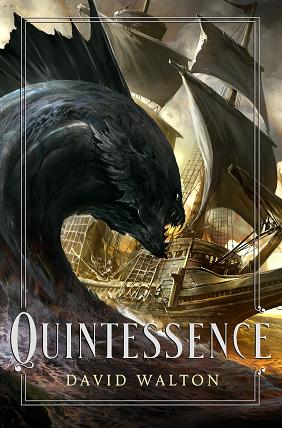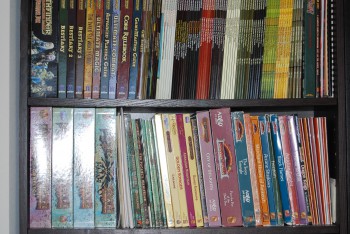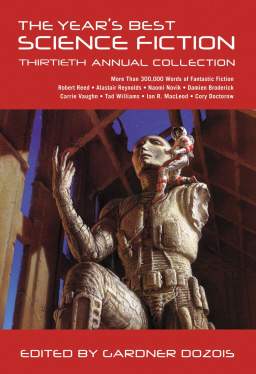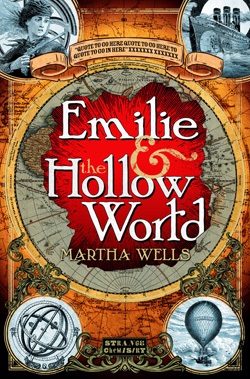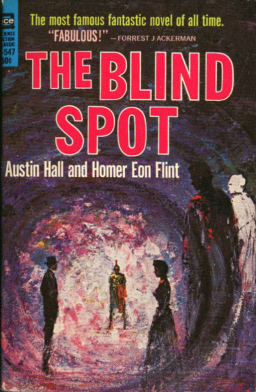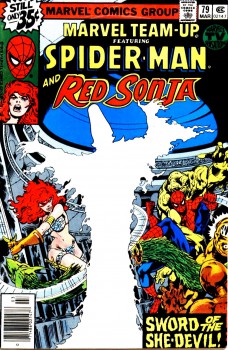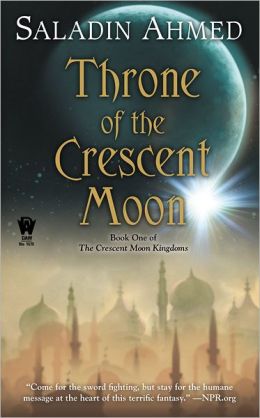Marie Corelli and the Quality of Badness
 I don’t often write here about bad books. Partly that’s because I don’t usually care to give them publicity. Partly it’s because I don’t usually care to think further about an unrewarding reading experience. Mostly, though, it’s because to me a bad book is typically an uninteresting book. And what I really want to write about, when I write about a book, is what makes it interesting. Still, there are always exceptions. And of course it’s always worth challenging one’s ideas of what ‘bad’ means. So this time out I want to talk about some books by a writer who was, in her time, notorious for literary badness.
I don’t often write here about bad books. Partly that’s because I don’t usually care to give them publicity. Partly it’s because I don’t usually care to think further about an unrewarding reading experience. Mostly, though, it’s because to me a bad book is typically an uninteresting book. And what I really want to write about, when I write about a book, is what makes it interesting. Still, there are always exceptions. And of course it’s always worth challenging one’s ideas of what ‘bad’ means. So this time out I want to talk about some books by a writer who was, in her time, notorious for literary badness.
Marie Corelli, born in 1855 as Marie Mackay, published her first novel, A Romance of Two Worlds, in 1886. It launched her career as a best-selling and critically despised author. She went on to write two dozen novels, a number of short stories, and several volumes of nonfiction. Her popularity only began to dwindle at about the time of the First World War; she died in 1924. Reviewers had never warmed to her work, and her obituary in the London Times stated that “even the most lenient critic cannot regard Miss Corelli’s work as of much literary importance.” For several decades she fell into obscurity, but lately a new wave of critics and biographers have been taking another look at her accomplishments.
Certainly Corelli’s an interesting figure. A fair amount of her work has elements of fantasy or of what would come to be called science fiction. In her day, she outsold Doyle, Wells, and Kipling, and was loved by readers of all walks of life, up to and including Queen Victoria. She never married; she seems to have been born out of wedlock to a journalist and writer named Charles Mackay, and took the name ‘Corelli’ for herself as part of an early attempt to establish a career as a pianist. For 40 years she lived with another woman, Bertha Vyver. Different biographers draw different conclusions: here’s one article arguing they were lovers, here’s another stating they weren’t. Both pieces get at another subject of interest — Corelli’s influence on later writers. The latter article argues that Corelli’s 1887 novel Thelma, which I haven’t read, was a significant influence on Tolkien’s Gollum. The first argues that her 1889 Ardath was an influence on Dunsany.

 It’s good to be back at my Wednesday spot here at Black Gate. Two weeks ago, I got home from my favorite annual convention,
It’s good to be back at my Wednesday spot here at Black Gate. Two weeks ago, I got home from my favorite annual convention, 